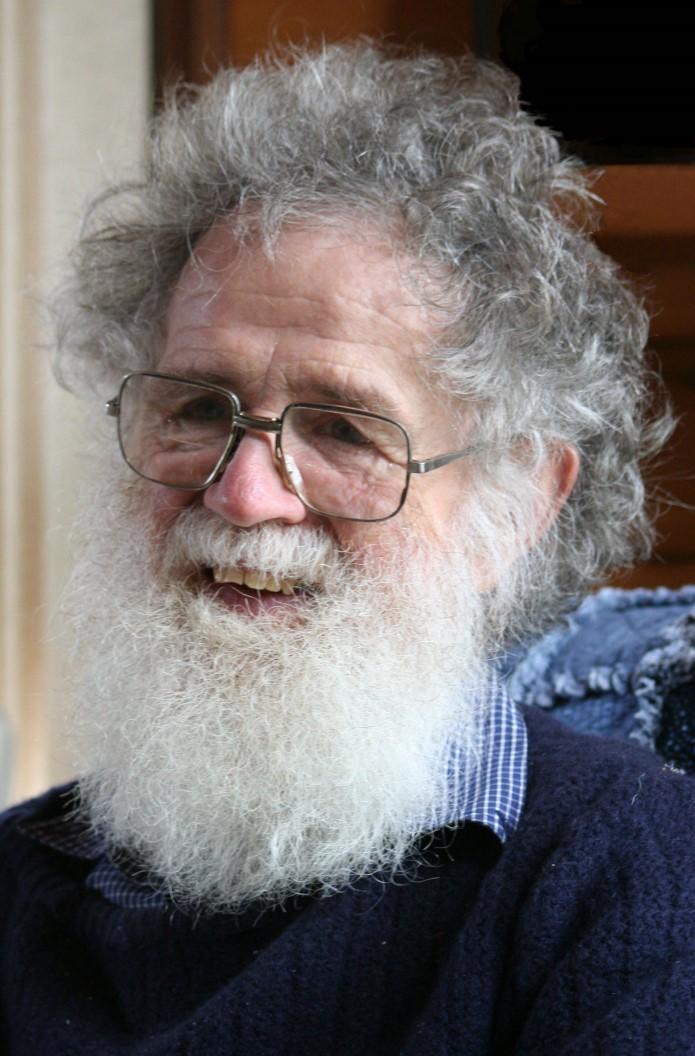A Tale of Two Rivers – Part 1 By Mary Bremner
As the shovel of the digger bites into the sandbank, word spreads around town faster than a glass eel projects itself up the Painkalac Creek. “They’re opening the mouth!” This heralds an Aireys Inlet tradition, where children (and some of their parents) race to the inlet with boards, to ride the undulating waves of the creek as it rushes through the freshly excavated opening. This event took place twice this year and the creek broke through the berm by its own power at least once. The artificial opening of the creek is the source of much commentary in the town, with stories told of days of old and a variety of opinions on its benefits to the waterway and the town. The village of Aireys Inlet grew up around the estuary of the small stream that flows from the foothills of the Otway Ranges.
Some locals race to the Inlet to ride the rushing waves when the Painkalac Creek is opened.
scenic vistas of ocean, bush, mountains and stream.
pronounced when water levels rise while the mouth is closed.
The creek formed the boundary between the tribal lands of the Wadawurrung people to the east and the Gadubanud people to the west. The name is derived from the Wadawurrung word “yaluk”, meaning creek or river. The remains of stone fish traps, that have on rare occasions been visible when the creek was reduced to its channel, are evidence of the first human intervention in the natural flow of the creek.
This lovely stream is home to a population of southern shortfin eels whose reproductive cycle is one of the wonders of nature. The adult eels spend up to 20 years in the creek, before making the 3,000 km-long migration to the Coral Sea to breed and die. The young eels then find their way back to the Western Victorian waterways from which their parents originated. The town’s junior football team, ‘The Eels’, is named after these tenacious creatures.
In its natural state, the water levels would gradually build up over winter, and after heavy spring rains, would flood the valley floor. With the right conditions – a combination of the force of the water flowing down the stream and the tides and ocean swells – it would breach the blockade of sand at the mouth, sometimes gently, sometimes with a rush.
The Painkalac Creek is the habitat for an abundance of aquatic, bird, animal and plant life. It provides recreational activities such as bird-watching, canoeing, fishing, paddle-boarding and swimming. It completes the town’s
The mouth of the creek is closed for much of the year by a sand berm pushed up by the ocean currents. An oxygen-rich layer of fresh water sits over a layer of oxygen-poor saline water. This stratification is at its most
It is in the nature of estuarine systems that they will be both open and closed throughout the seasons, and there is no preferred state. Different groups of plants and animals are adapted to thrive in open and closed conditions., Residents, such as David Quin, have memories of the creek that reach back as far as the 1950s and 60s. David recalls that the natural breaches were normally quite wide, skirting the western edge of the Inlet, naturally keeping the dunes in check. “I can recall waves flowing up the Inlet and breaking in front of what is now the carpark in Inlet Crescent. Eventually it would close and then fill, sometimes only partially, for summer,” said David.
The digger is occasionally called in to artificially open the mouth of the Painkalac Creek. 6
David recalled, “In a dry year, the water would get so brackish and unsavoury no-one would swim in it. If you did, it was not uncommon to be bitten by what we used to term ‘nippers’ – some sort of microscopic
NewsAngle | Publication of the Anglesea Community House | Community Houses are for Everyone









